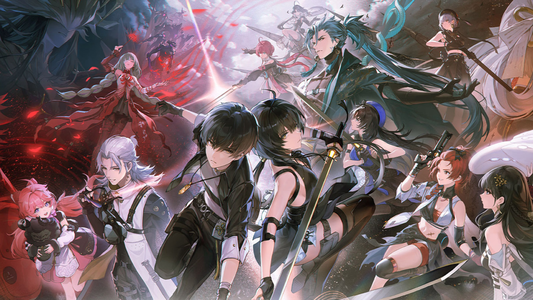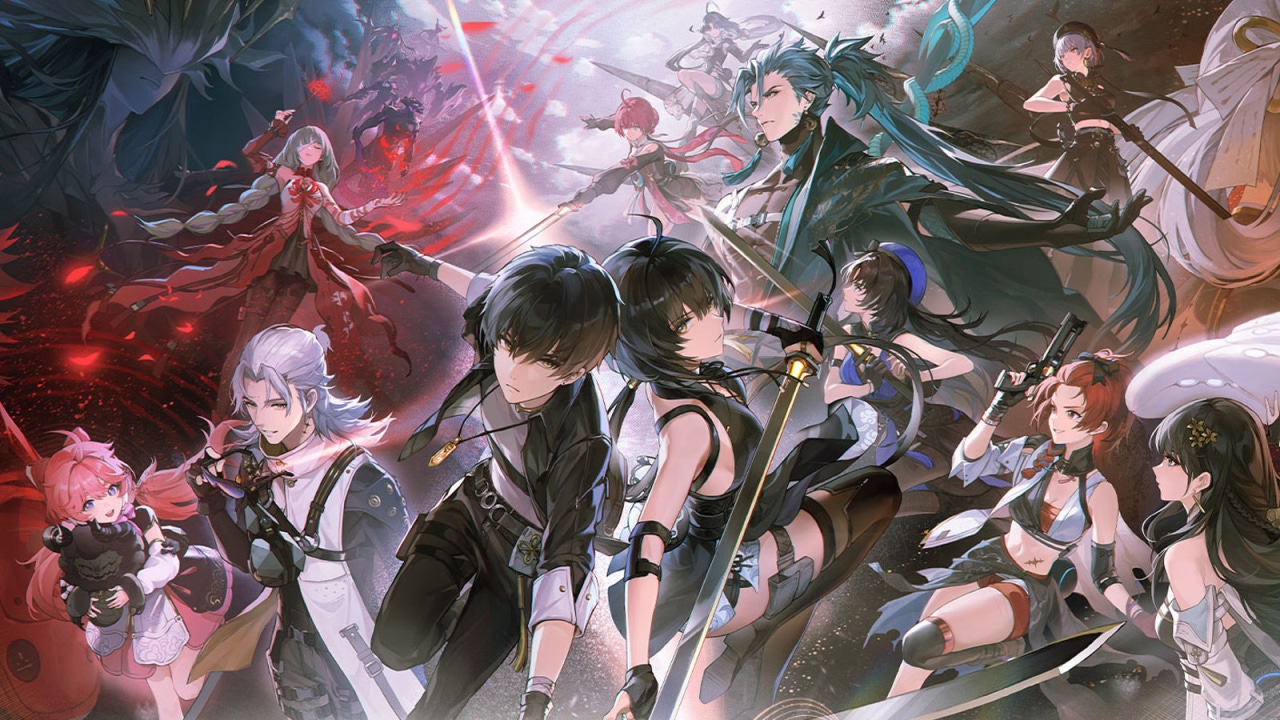
Let's be frank: Creating a brand-new fictional universe, let alone one their creators expect audiences to spend lots of time in, is no small feat.
This is especially true of (role-playing) video games. They can ask players to set aside dozens, if not hundreds, of hours to explore every branching path, playstyle, and nook and cranny the title in question offers. And as the likes of Mass Effect (2007), Trails of Cold Steel (2013), and Genshin Impact (2020) showed, the worlds one immerses themselves into must house fetching vibes, lore, characters, and tales that compel gamers to embark on a long and eventful journey.
It's also no coincidence that RPGs live or die by the roster of personalities players control or interact with, a fact that's well understood by genre entries employing the gacha mechanic—a monetization system that encourages players to invest real-world cash for the benefit of unlocking new characters, abilities, and gear. And what better way to get players to take the plunge than by making said characters so attractive from a gameplay, presentational, and narrative standpoint that they might be tempted to splurge a little and acquire new mains?
Such was the path the aforementioned Genshin Impact took and its developer miHoYo iterated upon with Honkai: Star Rail (2023) and Zenless Zone Zero (2024). Yet it's not the only big kid on the gacha block, as Kuro Games also took a whack at the task of crafting an action role-playing title in which gamers can picture themselves acquiring and playing as colorful figures.
That action role-playing title is Wuthering Waves (2024), or WuWa for short.
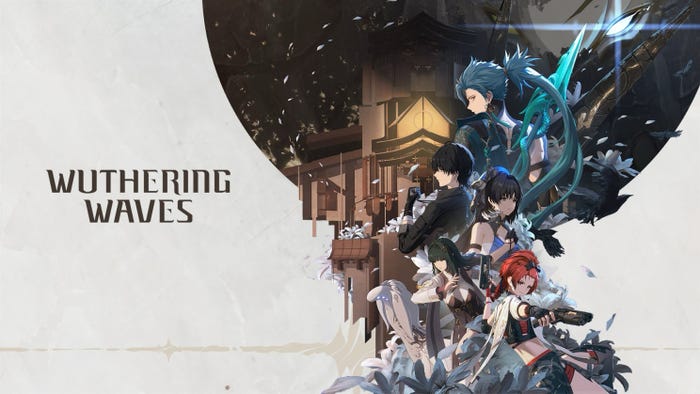
Set in the post-apocalyptic realm of Solaris-3, where anomalous threats called Tacet Discords roam the earth and prey on those seeking to rebuild human civilization, WuWa strongly takes after the likes of Death Stranding (2019), Xenoblade Chronicles (2010), and NieR: Automata (2017) in terms of world design and atmosphere. Between the verdant meadows and urban ruins that dot the open world, Solaris-3's many regions strike a balance between the colorful and gloomy—yielding an environment that's neither too serious nor overly cartoony.
It's through this observation, then, that players start to see a similar pattern in the approach Kuro Games took with its cast of playable characters—arguably the most important facet of a gacha-powered RPG that can mean the difference between an experience that receives updates in the long term and one that dies prematurely. Thankfully for the developers, the waves of fanart and appreciative online posts by players suggest that they managed to craft a roster that's likely to get as much praise as Genshin Impact's characters have while still standing out from its competitors and perhaps prompting miHoYo to study Kuro Games' work.
So what makes WuWa's characters so appealing and noteworthy in terms of looks and personality, especially given that the game's story still has some catching up to do when stacked up against Genshin Impact (the title players are most likely to compare WuWa to)?
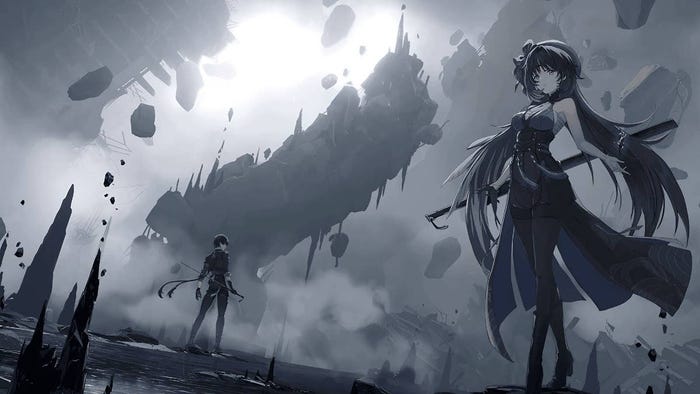
Dressed For The Post Apocalypse
Being a gacha RPG that embodies an anime-based art style, it should come as no surprise that WuWa's characters are meant to stand out from the common rabble and their surroundings. After all, your average player will likely first learn about a gacha title from a screenshot or trailer showcasing a character's gameplay chops and/or audiovisual traits—making first impressions a must for developers wanting to generate a "love at first sight" effect in gamers.
This is a fact Kuro Games understood quite well when it came to designing WuWa's characters, with the post-apocalyptic setting even giving the team a chance to craft something that doesn't look like a carbon copy of miHoyo heroes but elicits the same wish to pull new avatars.
Perhaps the foremost aspect of WuWa's cast is the fact that their attires are not only varied in terms of color scheme and clothing items, but also uniform in the main choice of couture that drives home the science fantasy feel WuWa's going for. This is where techwear comes into play.
In the simplest definition of the word, techwear refers to a category of clothing that fuses fashion and advanced materials designed for style and functionality—combining futuristic aesthetics, cutting-edge technologies, and unorthodox construction techniques aimed at maximizing mobility and comfort while still letting the wearer feel like they dress to impress.

As the images above and below this paragraph suggest, WuWa's characters blend techwear with color palettes and clothing articles reminiscent of anime-/manga-heavy art directions. For starters, all the outfits on offer are meant to be form-fitting, comfy, and adorned with carbon fabric and matte finishes emphasizing the fabric's high level of quality. Between the belts and straps that make up Yangyang's uniquely silhouetted skirt and the armored sleeves and techwear poncho that lend Aalto his "need for speed" biker aura, the different items worn by each character succeed in making the whole roster feel united in their belonging to the same world and game while still leaving room for standing out among the colorful crowd.
Speaking of color, the elements of unity and distinctness also rear their heads. On one hand, virtually all the characters have white and black on their person—with some having more of one color than the other. This is another aspect of clothing design derived from techwear, especially given that it tends to fall into two categories: "gray" (elegant, discreet, the familiar amplified) or "black" (striking, military-inspired). On the other hand, the abundance of monochromatic colors makes tertiary hues and shades pop even more, to the point where some characters can stand out from the pack and have their personality highlighted.
Whether it's the chirpy Encore's predisposition to wearing lots of pink or the use of blue by Yangyang and Yuanwu to underline their cool and graceful demeanors, Kuro Games' liberal and creative wielding of color gives the player characters and the game as a whole a visual identity that's simultaneously stylish and grounded. This is without mentioning the fact that the heroes' professions may be deduced from how they're dressed. One look at Mortefi, for instance, will make one correctly believe he's the scientific type. A character like Chixia, however, will be pegged as the sort to roam the outdoors in a carefree and lively manner.
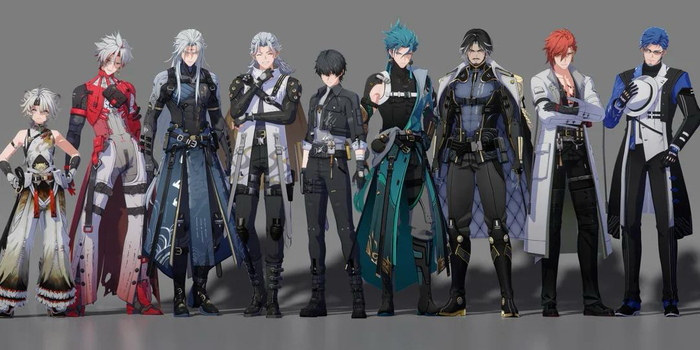
Show Me Your Moves
Of course, a character's visual design alone is merely the tip of the iceberg in terms of getting players to fall in love with them. How they animate and behave at any given moment (particularly from the get-go) can also play a role in influencing gamers' choice of hero, a decision that shouldn't be made lightly seeing as it takes a while to level up many characters at once. Ergo, a simple piece of splash art showcasing a specific personality may not be enough to convince players to invest in them. Again, Kuro Games was well aware of this.
When players first acquire a character via the in-game Convene storefront, for instance, they'll be treated to a short cinematic that shows the hero in question behaving in a way that emphasizes their demeanor and speech pattern. As with visual design, first impressions matter a great deal with introductory animations—especially given that gamers are likely to see a character's look for the first time during that specific cinematic. Depending on how many stars (either four or five) a WuWa character has, the animation can range from a simple gesture that still conveys the hero's personality convincingly (e.g. Danjin) to a full-blown short movie that seems to pull out all the stops in the VFX department (looking at you, Jihnsi). WuWa's different pull animations are geared toward keeping players from feeling any kind of buyer's remorse.
What's particularly exciting about those introductory animations is that they stand out from the standard splash artworks that weapons get whenever players decide to pull. Therefore, it can feel thrilling when gamers don't expect to earn anything juicy (i.e. they just get the standard weapon acquisition animation, if one can call it that), and yet they're pleasantly taken by surprise when someone appears onscreen and starts moving in a fittingly characteristic way.
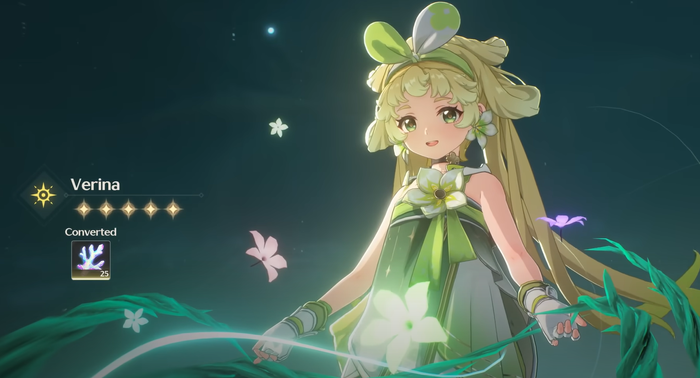
It doesn't stop there, however. Upon pulling a certain hero, players are given the option to inspect their latest find in a character stat screen. Spawning said hero onscreen always leads to players being greeted with a short animation that once again aims to highlight the character's charm and/or coolness. The seemingly stoic Sanhua, for example, never fails to put a smile on her face by pulling on the corners of her lips with her fingers (suggesting that smiling isn't a muscle memory to her, hinting at a cheerless past). Verina, on the other hand, always enjoys hopping on one foot with a natural smile on her face before standing upright—showing players that even a world gone belly up isn't enough to rob the girl of her youthful optimism.
The same can be said of the idle animations that are triggered whenever player characters remain, well, idle. Some of them can reinforce a character's already known traits such as Baizhi's habit of stroking her pet companion You'tan. Others can even reveal a side of the character they didn't know beforehand. Jianxin's a great example: Just watch her trying to make sense of the spherical terminal she and other player characters carry on their back. One can tell from her being startled by holographic displays that she has lived in the boonies as a child. (Bonus points for using her ahoge—a lock of hair common among some anime/manga characters—as a flute, showing that she doesn't need newfangled tools to play a tune.)
The gist of all this, then, is that WuWa understands the need to make characters appear, sound, and move in a way that's bound to pique folks' curiosity and win the hearts of at least one subset of gamers (regardless of which playstyle they may be into). The animations on display are also welcome in that they make navigating menus less of a chore, with the characters' very presence making players feel at home and potentially making them more careful about customizing their hero for optimal gameplay. Don't want to disappoint the endearing Encore—who seems to eye players expectingly at the end of her menu animation while hugging one of her companions—by equipping her with lackluster gear and abilities!
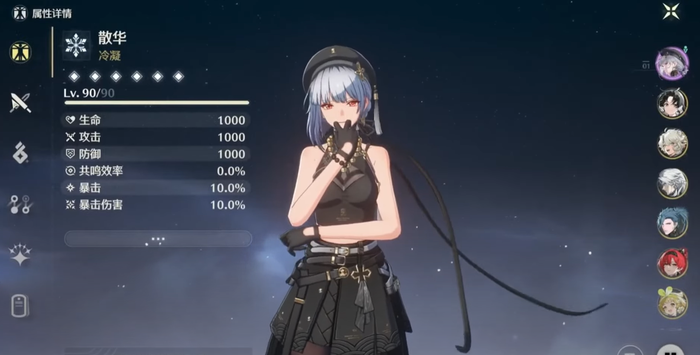
Well Said
So far, it's clear that WuWa's characters look and act the part, but their personality's appeal doesn't merely lie on the surface. How they convey their traits through their choice of words and the way in which they're delivered also plays a role in making players want to spend lots of time with a specific hero. This is where vocal performances get involved, with different voice actors handling different characters in different languages—meaning the task of bringing them to life and making them worthy of a pull is a tad tricky. While results may vary in terms of how the characters' innermost selves are auditorily rendered, there are still noteworthy examples out there that sound convincing enough for players to picture themselves liking their choice of avatar without even glancing at their monitor—regardless of language.
For the purposes of this article (and in line with this author's own experience with WuWa), the Japanese and English dubs specifically will be looked at. In the case of the former language, all of WuWa's characters evoke that quintessential anime vibe already apparent in the title's art direction. From Natsuki Hanae's sterling handling of the youthful and energetic Lingyang to Asami Seto's elegant performance as the coolheaded and studious Baizhi, the seiyuu (voice actors in a Japanese-made cartoon, movie, or game) made their respective characters fetching and expressive—keeping their colorfulness from remaining solely on the literal surface.
If there's one personal highlight from WuWa's Japanese dub, it would likely be Taoqi—whose laid-back and gentle nature is immaculately communicated via Hina Yōmiya's take on the sleepyhead. Whichever avatar players end up loving, there's a strong chance they'll be visiting the Voice submenu in the character stat screen and playing all the recordings they've unlocked to get a taste of their avatar's personality without having to perform specific in-game actions.
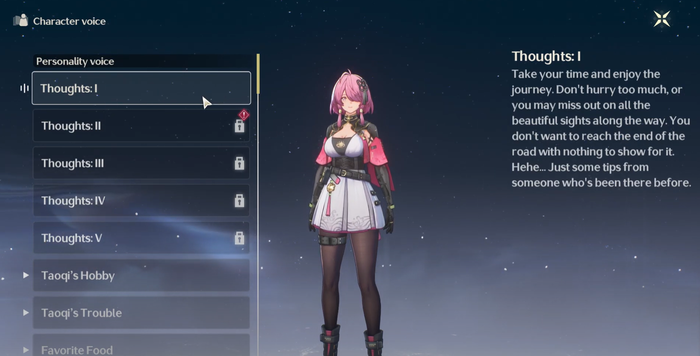
While the English dub's level of quality does vary from one character to another—something that most dubbed anime shows similarly experience—there are still some performances in WuWa that may have anglophones (like yours truly) become enamored of a (non-)player character. Between Rae Lim's elegant performance as the villainous Phrolova and Joseph May's slightly (and fittingly) gruff

